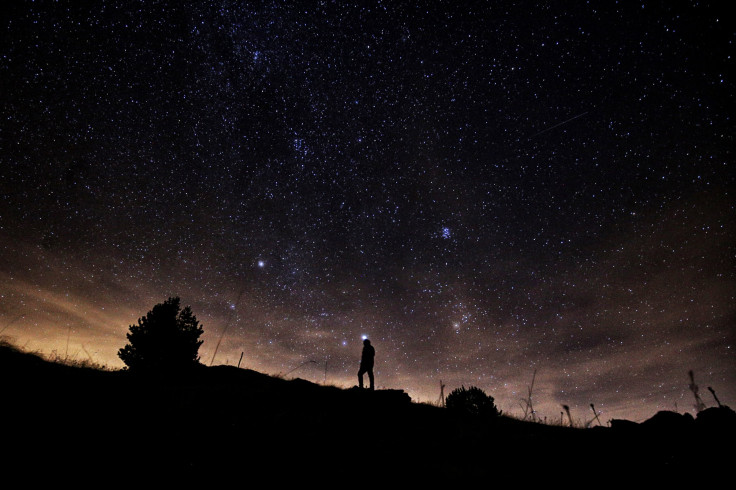Eclipses, Meteor Showers: Sky Events To Look Forward To In 2023
KEY POINTS
- Sky events begin early with the Quadrantids meteor shower peak
- A rare 'hybrid' solar eclipse will appear in April
- An eclipse will be visible in the U.S. in October
The year 2022 gave skywatchers a lot of excitement, but the coming year also has quite a lot of surprises in store, from meteor showers to eclipses, including a "hybrid" eclipse.
First meteor shower of the year
Skywatching begins early on in the year with the peak of the Quadrantids meteor shower on Jan. 3-4. The event is considered to be among the "strongest displays of the year," according to the American Meteor Society (AMS). But it's not quite as easy to observe it because the strong activity has a short window of just about six hours. This is because the Earth crosses the particles from Asteroid 2003 EH1, from where it originates, at a perpendicular angle.
Still, skywatchers could make time for the Quadrantids, especially with the short pause in meteor shower appearances until April.
Full Moons, more meteor showers and a 'hybrid' solar eclipse
Skygazers can enjoy the lovely full Moons each month, from January's Wolf Moon and February's Snow Moon to March's Worm Moon. But in April, there will be more sky events, with Mercury's greatest eastern elongation on the 11th and the hybrid solar eclipse on the 20th.
A hybrid solar eclipse is one that can "shift" between a total and annular eclipse as the shadow of the Moon "moves across the globe," NASA explained. This is because of the curved surface of the Earth, and what people will see will depend on their location in the eclipse's path.
Places that will see "at least" a partial eclipse include Australia, the Pacific, the Indian Ocean, South/East Asia and Antarctica, with "most" of Indonesia and Australia expected to see a partial eclipse.
Such eclipses are rare, according to TimeandDate. In fact, they only happen about once in a decade; so you may not want to miss the event.
Skywatching in April doesn't end there as the Lyrid Meteor Shower will be peaking on April 22 to 23. A Penumbral lunar eclipse will then appear on May 5, closely followed by the peak of the Eta Aquarid meteor shower on May 6 to 7.
Two supermoons in a month?
After the June Solstice on June 21, the peak of the Delta Aquarids meteor shower will happen at the tail end of July (July 28).
August will bring in a rather special surprise. It will have two full moons — one on the first of the month and another on the 31st — making the second one a Blue Moon, and both events also qualify as supermoons.
August, as always, also carries the peak of the Perseids, which will be on Aug. 12-13. This is often one of the most popular meteor showers of the year because it peaks on warm August evenings.
Then, it's the planets' turn to grace the skies. Saturn will be at opposition on Aug. 27 and Neptune on Sept. 19. Mercury will be at its greatest eastern elongation just days later on Sept. 22.
October bonanza
Just like August, October brings with it a full load of sky events, starting with the Draconids meteor shower on the seventh. Just a week later, on Oct. 14, an annular solar eclipse will be visible in the U.S. and people may get to catch a glimpse of the "Ring of Fire" eclipse.
The Orionid meteor shower will peak on Oct. 21. Venus will be at its greatest western elongation two days later. Another eclipse — a partial lunar eclipse this time — will also grace the skies on Oct. 28.
Another year of planets and meteor showers
By November, it will be the Taurid meteor shower's turn to light up the skies on Nov. 4-5. Planets Jupiter and Uranus will also make their bright appearances on the 3rd and 13th of the month respectively, after which the Leonids Meteor Shower will peak on Nov. 17.
On Dec. 4, Mercury will be at its greatest eastern elongation, so skywatchers can look out for it in the sky after sunset. The meteor shower considered to be among the best and strongest in the year — the Geminids — will peak on Dec. 13, luckily this time on an evening when bright moonlight won't be a disturbance. And lastly, the Ursids will be peaking on Dec. 21.
The Cold Moon on Dec. 27 will cap off the sky events of the year.

© Copyright IBTimes 2024. All rights reserved.






















